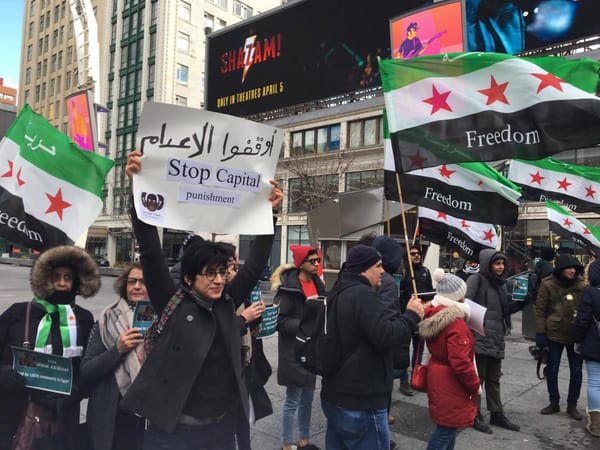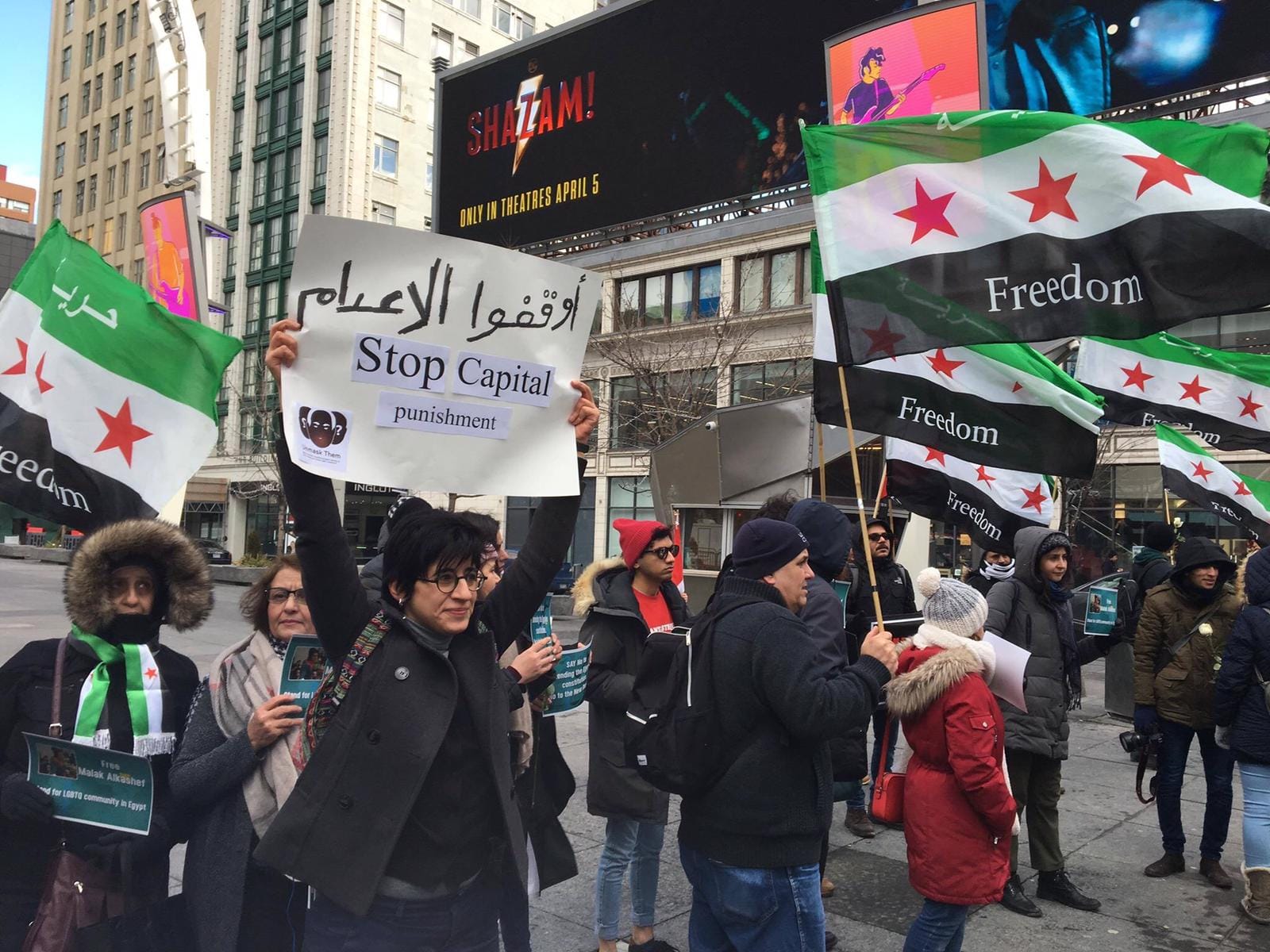Sarah Hegazy and the Struggle for Freedom
Responses to the tragic death of the Egyptian leftist and queer activist Sarah Hegazy reflect a significant transformation in the desire of individuals in the Middle East to claim queer identities. Zeina Zaatari places this moment in the historical context of decades of activism and struggle for fre








